
The Role of Welding in Space Exploration
When Neil Armstrong took his first steps on the lunar surface in 1969, he stood on a spacecraft held together by thousands of precisely executed welds. Every rivet, joint, and seam of the Apollo 11 lunar module represented cutting-edge welding technology that had...

Beyond Balloons: The Commercial Uses of Helium
When most people think of helium, their minds jump straight to one thing — party balloons. While helium’s role in inflating balloons and creating chipmunk-like voices is certainly well-known, its true value stretches far beyond festive decorations. Helium is a rare...

Simplify Inventory Management with Welders Supply & Gases’ VMI Services
Managing inventory is one of the most time-consuming and complex tasks for businesses in industries that rely on essential supplies. From safety gear like gloves and earplugs to consumables required to keep operations running smoothly, staying on top of inventory...

Understanding the Dangers of Arc Welding Radiation
Arc welding is essential across various industries, from construction to automotive repair. While it’s renowned for its efficiency in joining metals, arc welding also emits significant levels of radiation, which can pose serious health risks if proper precautions...

Why Handheld Laser Welding is Revolutionizing Metalwork
The world of welding is changing fast, and handheld laser welding is quickly rising to the top as a game-changer for professionals and beginners alike. Whether you're a seasoned welder or just getting started, this cutting-edge technology offers unique advantages that...
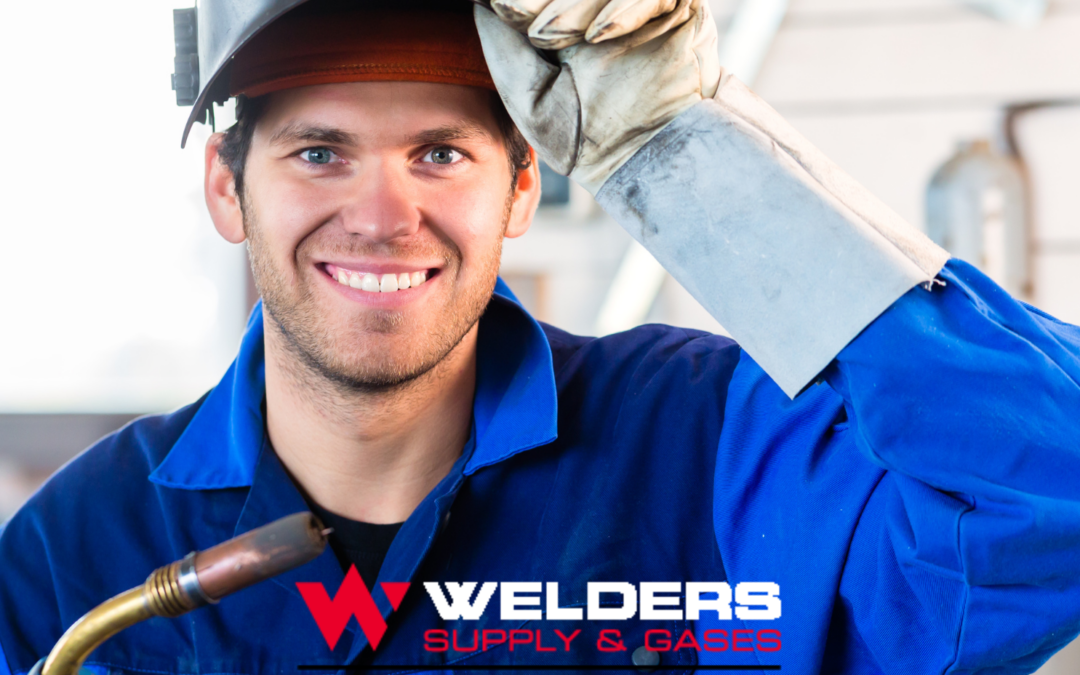
What Is Arc Eye and What to Do About It?
Welding is an essential trade that requires precision, technical skill, and an understanding of safety precautions. While most welders are aware of physical hazards like burns and sparks, one common risk that deserves attention is arc eye, also known as "welder's...
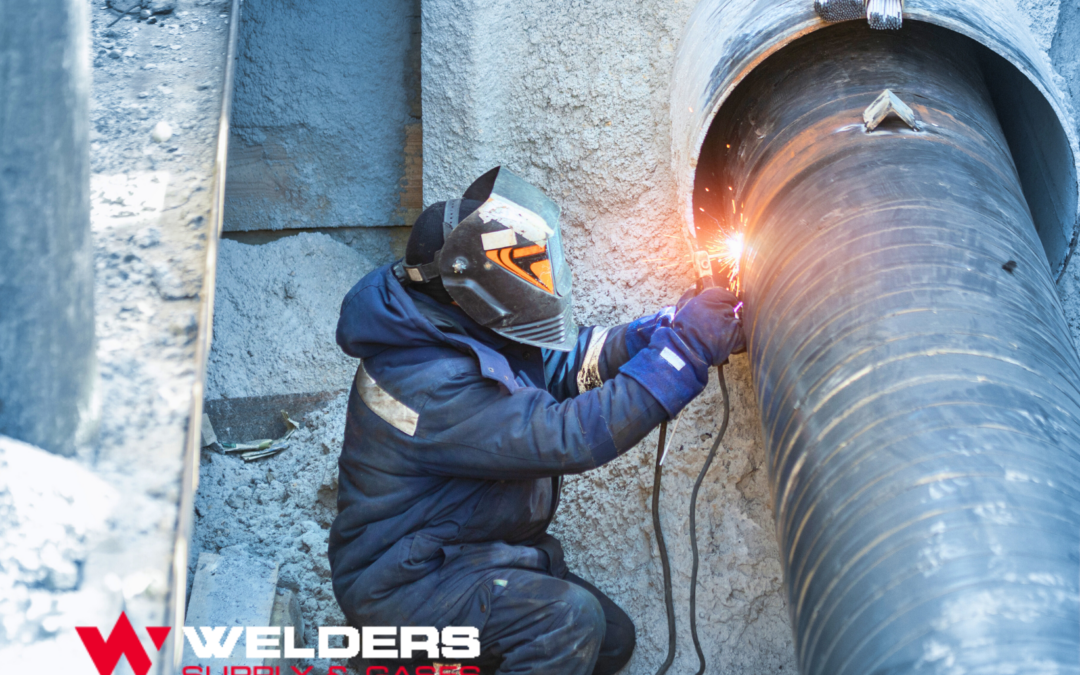
The History of the Welding Industry
Welding is one of the most essential trades in the industrial world, connecting metals to build tools, structures, and even transportation that shapes our societies. But where did it all begin? Let's take a fascinating look at the history of the welding industry,...

What is Clad Welding?
Clad welding, often referred to as weld cladding, is a specialized welding technique that is widely used in industries requiring durable and resistant surfaces. This method involves bonding a layer of corrosion-resistant or hard-wearing material to a base metal to...
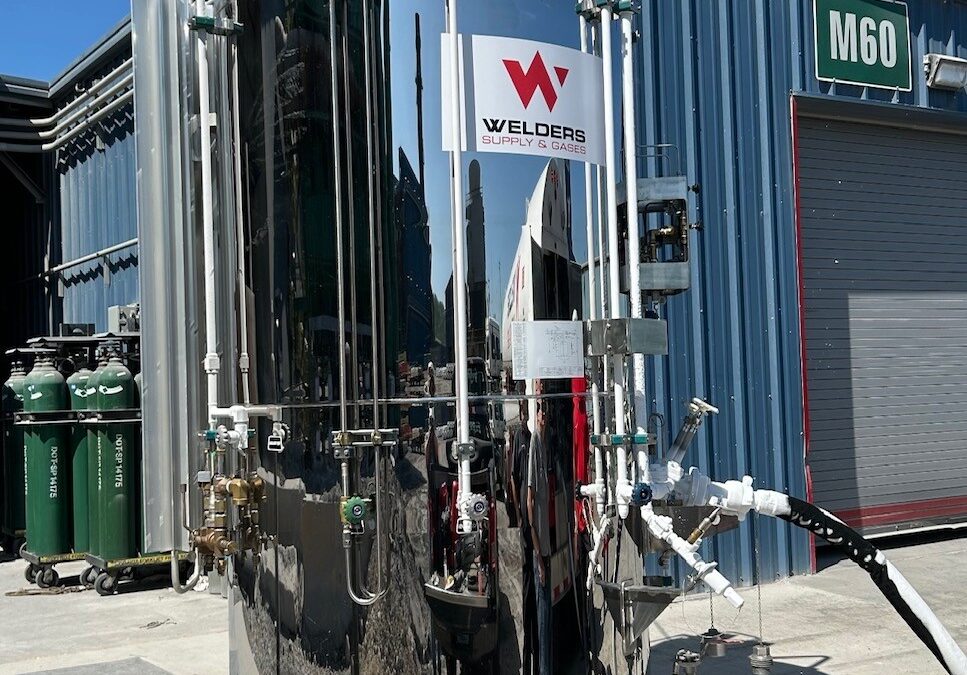
Why Micro-Bulk Might Be the Perfect Solution for Your Gas Supply
Before we jump in, let's admit it—“micro-bulk” sounds like a contradiction. A “small large”? It’s reminiscent of paradoxical phrases like “jumbo shrimp” or “liquid gas.” But in the world of gas supply, the term hits the mark. When you need something larger than...

Will Cobots Encourage More Young People to Become Welders?
The welding industry is reaching a pivotal moment. As experienced professionals retire, there's a glaring need to fill the workforce with young, skilled welders. But here’s the challenge—the trade often doesn’t appeal to the next generation, many of whom perceive...

Mastering Weld Sequencing for Optimal Control and Results
Weld sequencing is a revolutionary approach that provides precise guidance and control to welders, enhancing the quality and efficiency of their work. By utilizing digital software, welders receive step-by-step instructions in real time, allowing them to achieve...
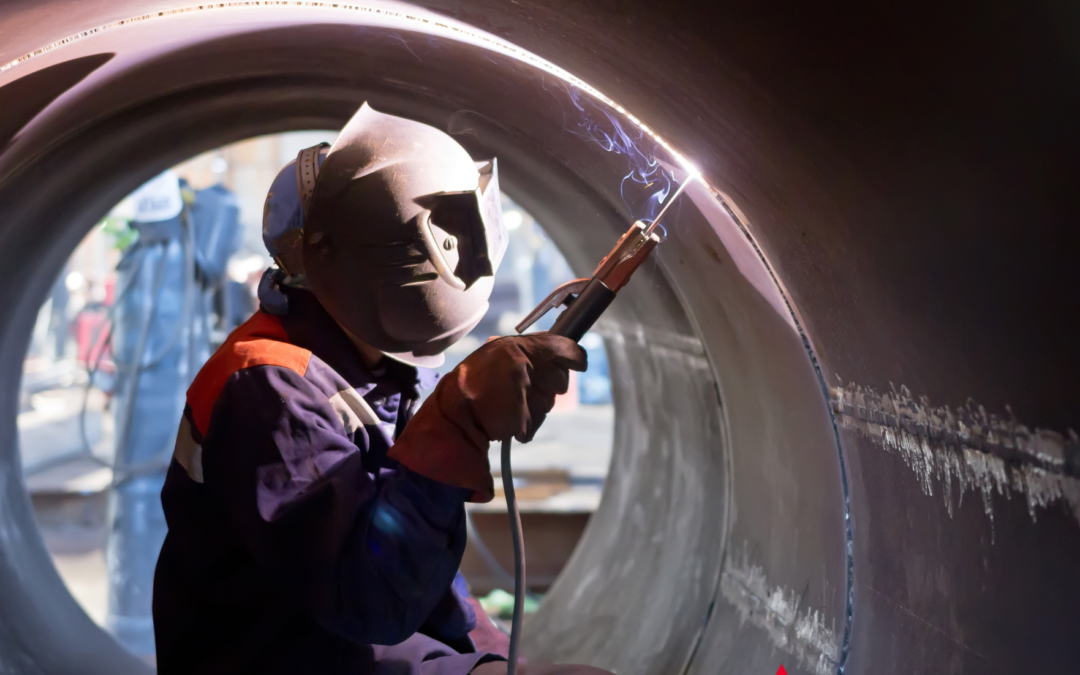
Mastering the Duty Cycle in Welding for Optimal Performance
Ever found yourself in the middle of a critical welding project only to have your machine cut out unexpectedly? Understanding the concept of duty cycle can be a game-changer, allowing you to optimize performance and prevent frustrating interruptions. For welding...

Boost Your Efficiency with These Energy-Saving Welding Tips
Welding is an essential skill in various industries, from construction to manufacturing. However, it's also an energy-intensive process that can lead to high operational costs. With energy prices on the rise, finding ways to reduce energy consumption during welding is...

Women in Welding
Breaking Barriers and Sparking Change Traditionally seen as a male-dominated profession, welding is experiencing a significant and inspiring shift. According to the Bureau of Labor Statistics, the number of female welders has surged by 30% from 2016 to 2019. By 2020,...
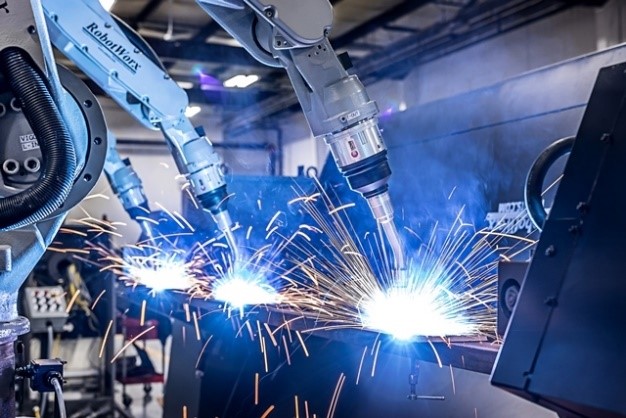
Manual Welding vs Automation
Welcome to an era where the optimization of robotics and state-of-the-art technology is preferred over manual labor, especially in the realm of mechanical workshops. This shift mainly chalks up to the cost-effectiveness of employing robotic labor in place of a...
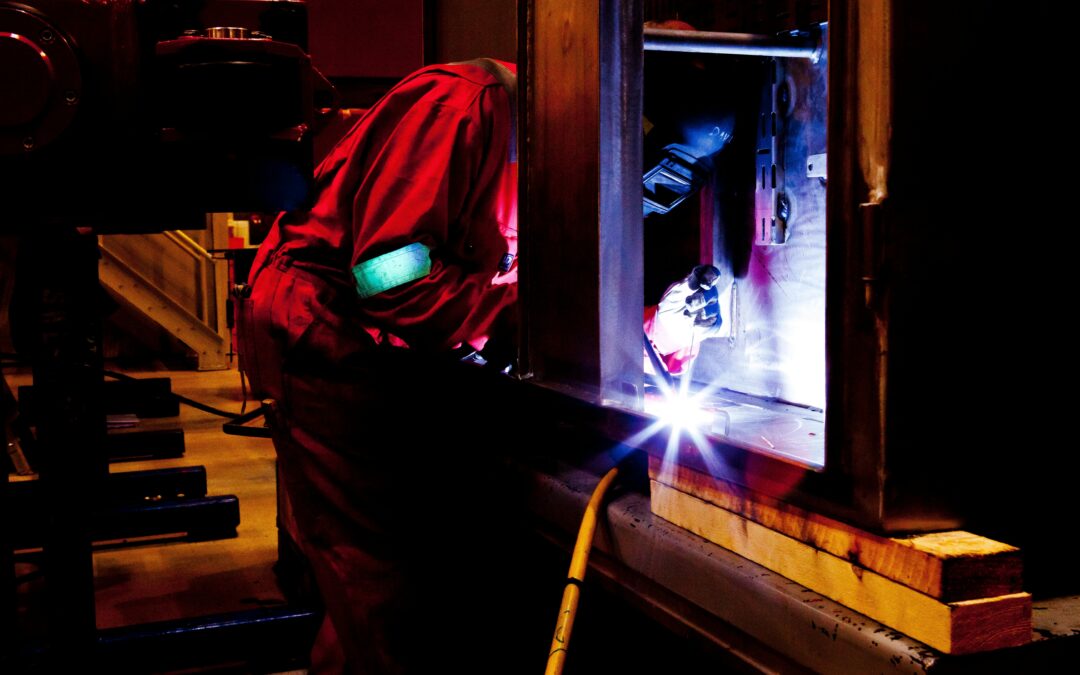
Why welding fume extraction is so important
What is welding fume? Protecting our welders from hazardous welding fumes is a top priority! In 2017, the WHO's International Agency for Research on Cancer classified welding fume as "carcinogenic to humans," emphasizing the importance of welding fume protection....
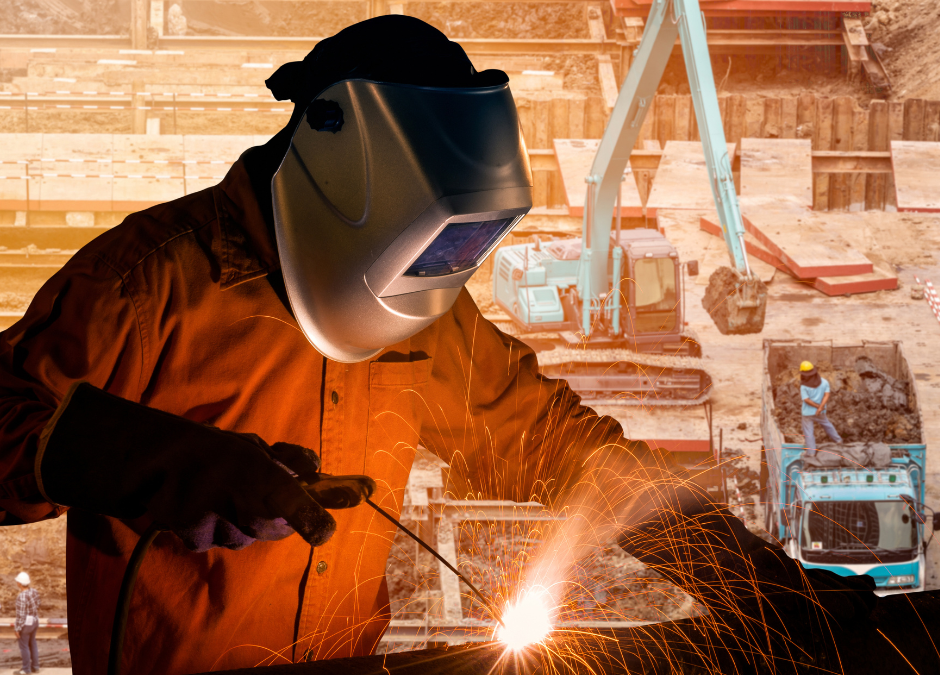
What Makes A Good Welder
Welders are the unsung heroes managing all metal-related tasks in commercial, industrial and home settings. They ensure the proper assembly of pipes and metal infrastructures, thereby mitigating the risk of unexpected accidents. If you're considering a career in...
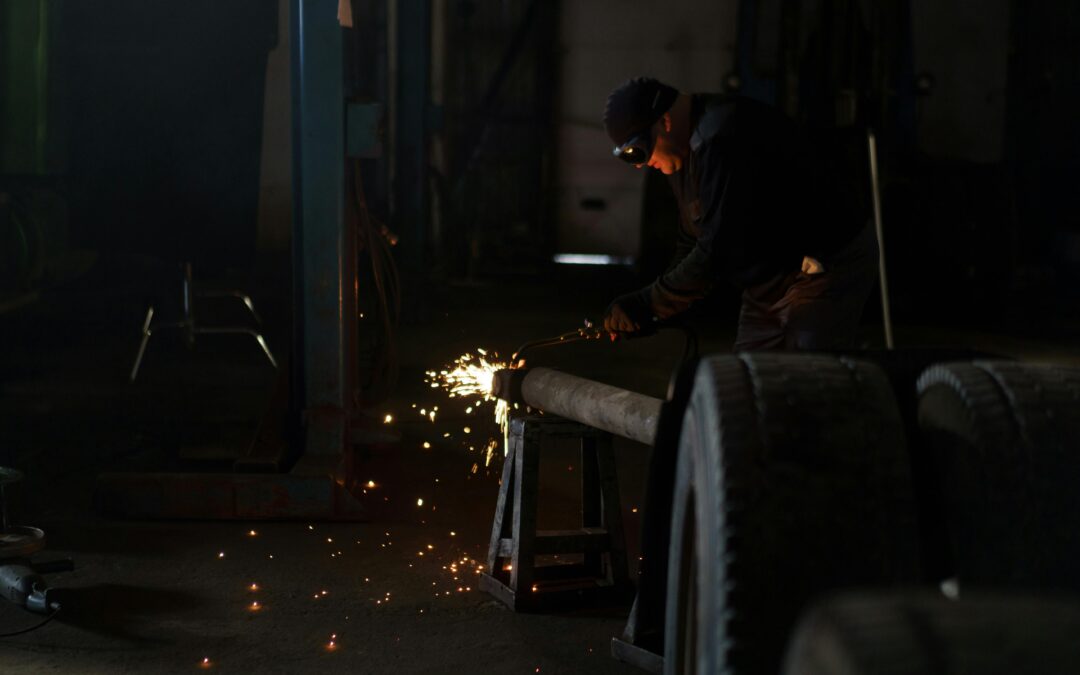
How To Become a Pipeline Welder
A professional known as a pipeline welder is responsible for the enduring assembly and installation of piping systems, examining the materials of these pipes, upholding the welding machinery, and affirming that the pipeline adheres to the required standards. To ensure...
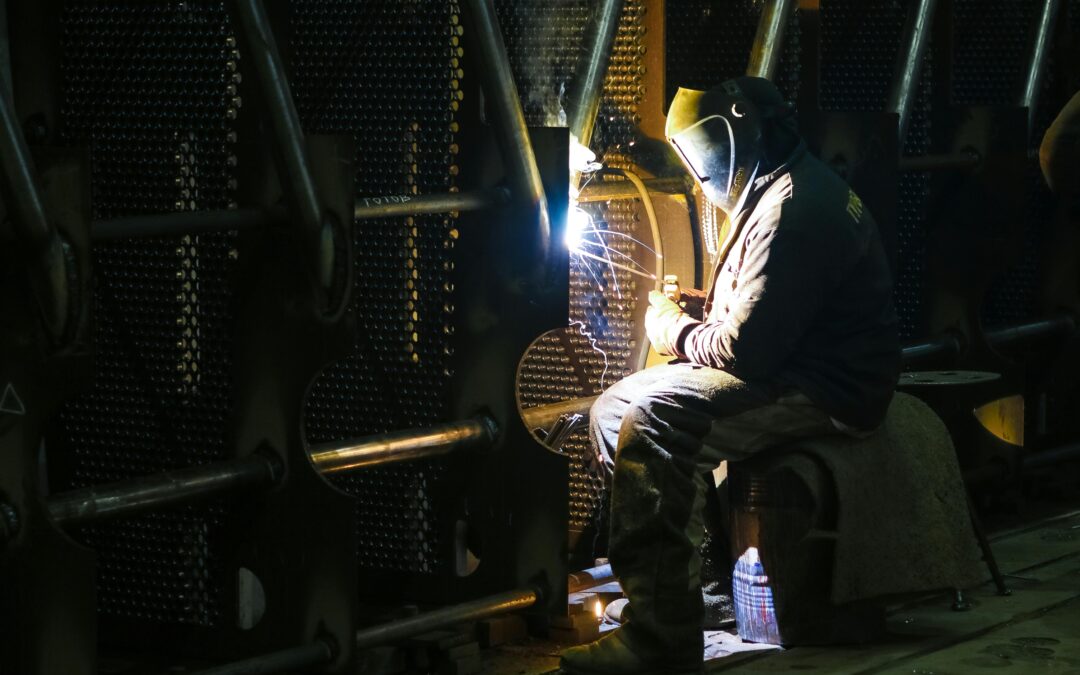
Crucial Skills for a Pipeline Welder
To be a good pipe welder, you need more than just your run of the mill welding skills. You will need additional skills to effectively do your job. The job also requires other important skills such as having good communication skills, physical endurance, being...
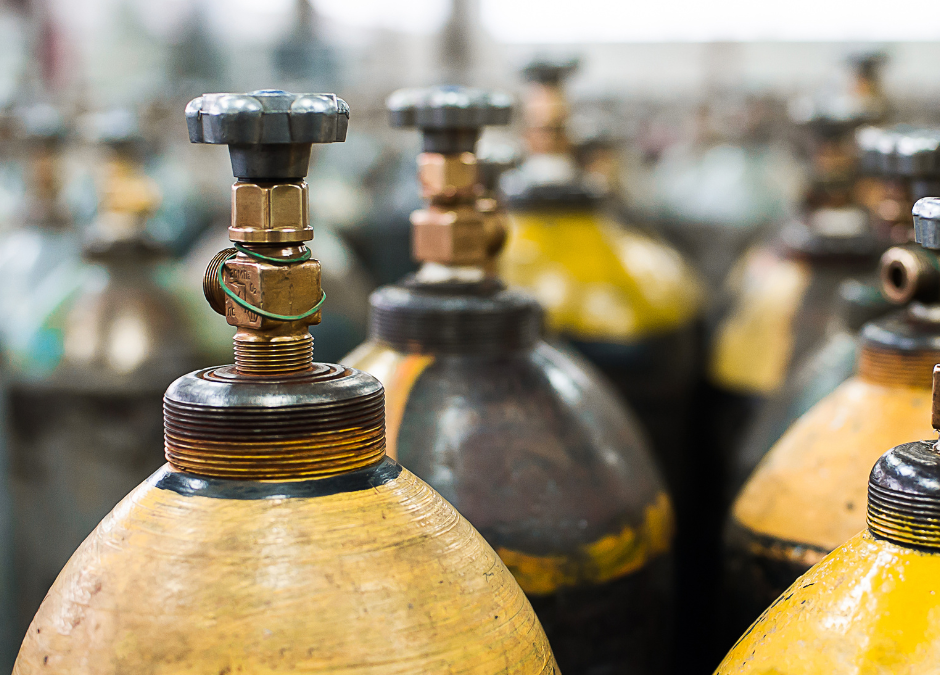
Medical Cylinders and Proper Handling
Medical facilities use carbon dioxide, nitrogen, nitrous oxide, and oxygen. These gases are used for lifesaving procedures such as resuscitation, anesthetic, and in powering surgical tools. Proper handling of these gas cylinders is critical. If mishandled these gases...
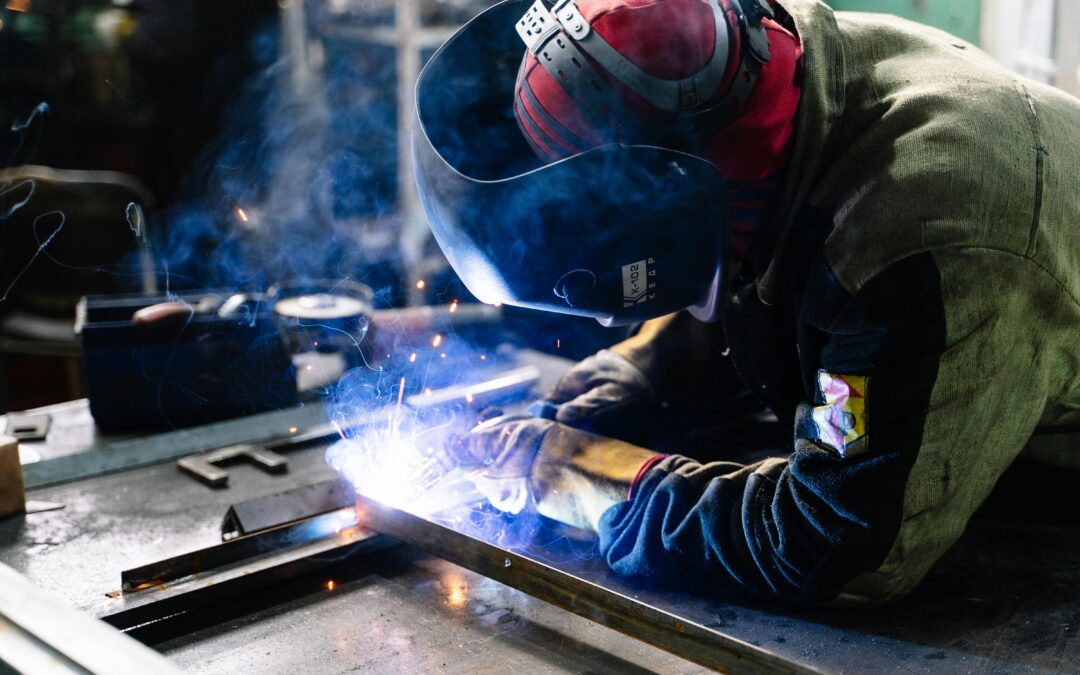
The Importance of Quality Welding Supplies for Safe Welding
Welding is an essential process that requires expertise and proper welding supplies. It is important to understand that welding can be dangerous if the proper precautions are not taken. That's why the importance of quality of welding supplies plays a crucial role in...

Importance of Proper Maintenance for Your Welding Equipment
Welding is a crucial process in many industries, including construction, manufacturing, and automotive repair. To ensure that welding equipment performs at its best, proper maintenance is essential. Neglecting maintenance can result in equipment failure, reduced...
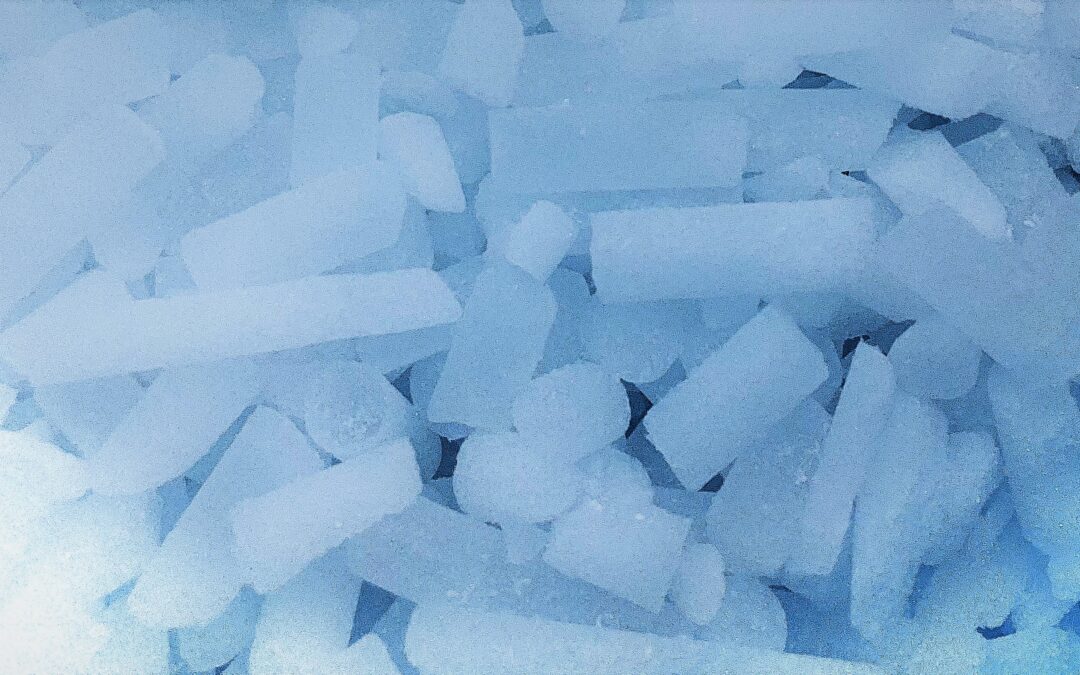
Dry Ice Uses
Dry ice is a versatile and unique tool that has a wide range of uses. The solid form of carbon dioxide, dry ice is popularly used in the food and medical industries. But its uses go beyond that. Let's take a closer look at some of the common uses of dry ice. 1....

Safety Tips for Handling and Storing Welding Gases
Welding gases are widely used in various industries, but they can be dangerous if not handled and stored properly. Here are some safety tips to help make handling and storing welding gases easy. 1. Understand the properties of the gas you are using Different welding...

The 5 Highest-Paying Welding Jobs
Wondering what the highest-paying welding jobs are? Here are the current top 5 highest-paying welding jobs. Rig WelderAnnual Salary: $52,000 – $207,000 Rig welders are highly paid professionals working long and demanding hours. Their rigorous training...
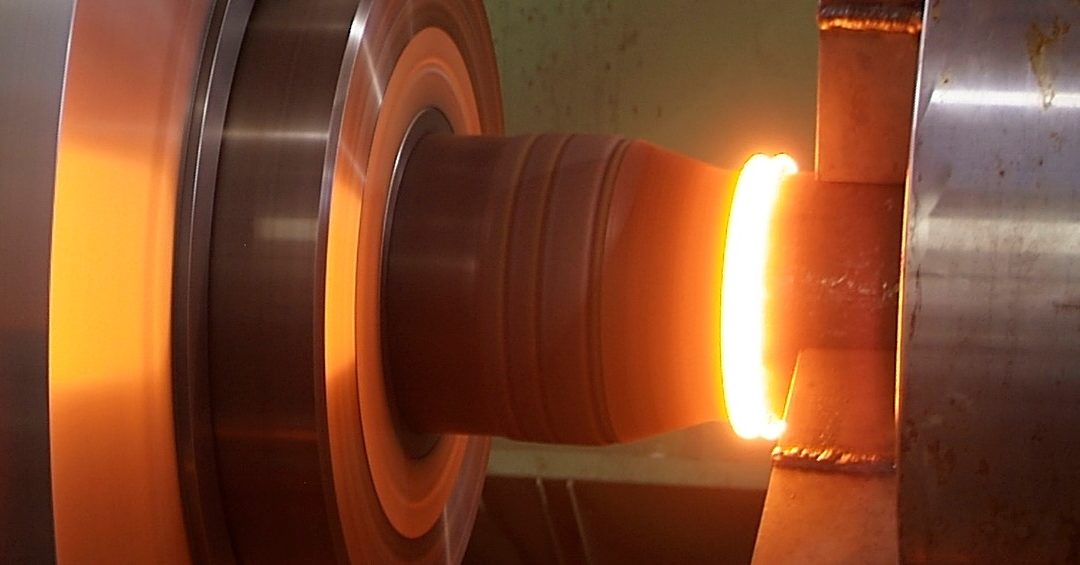
What is Friction Welding?
What the heck is friction welding (FRW) you might ask? Well, it works about like it sounds and can produce some incredibly strong welds. The main component behind this process, as you may have guessed, is friction. This technique originated in England in 1924....
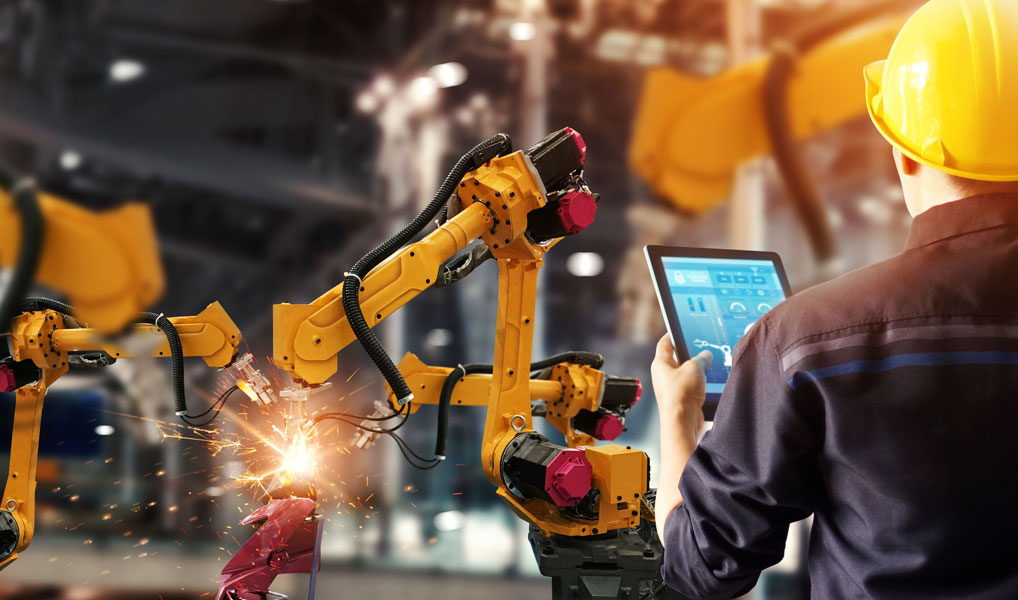
Cobots: Wave of the Future?
Working alongside robots seems like an idea from the future. But cobots (collaborative robots) are now commonly used across a slew of industries including manufacturing, industrial, service, agriculture, and medical. In fact, they’ve been around since 1996, but are...
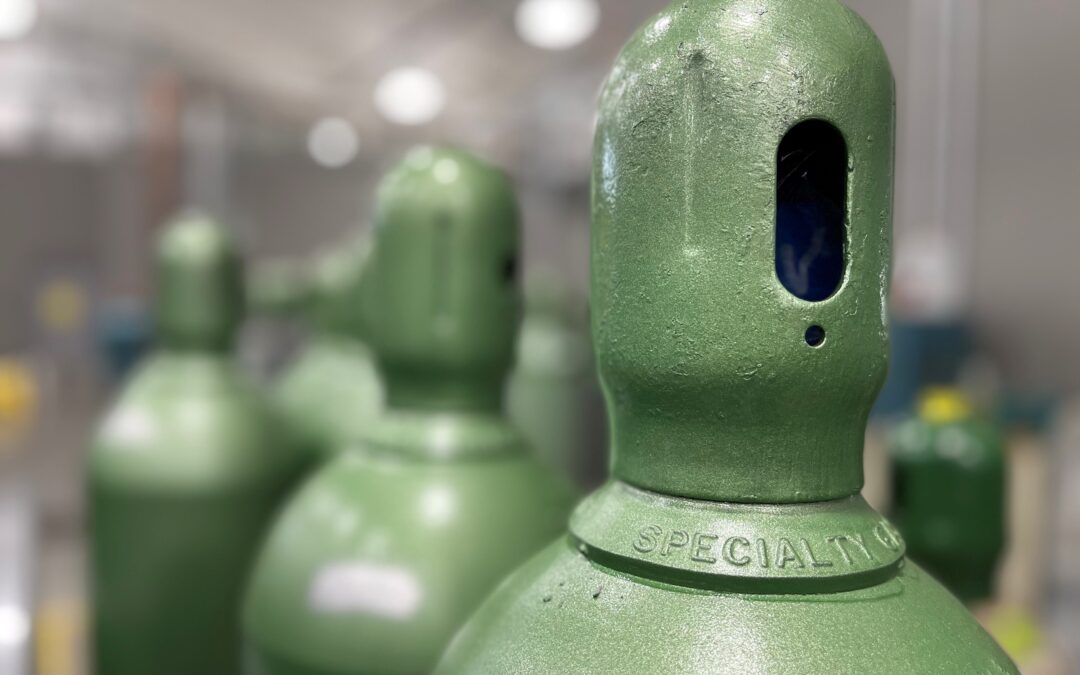
Compressed Gas Safety
Compressed gas and liquefied gas must follow proper Cylinder and Equipment Safety protocols for a healthy environment. Compressed gas is vital to applications used in a number of industries throughout the world. They are stored in many different types of containers...
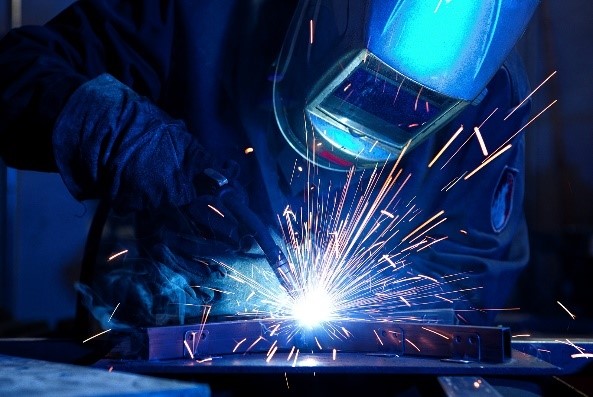
National Welding Month
Many are unaware that the month of April has significance for the welding industry dating back to 1996 when it was declared National Welding Month by The American Welding Society (AWS). April was designated to bring awareness to the welding industry, recognize its...
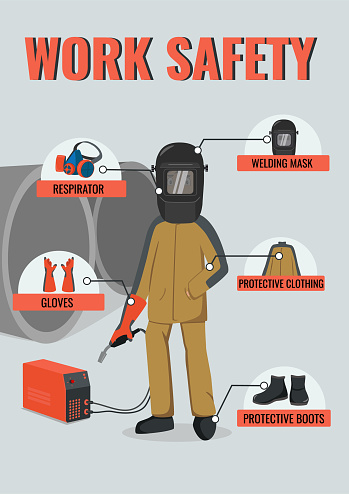
PPE 101: Equipment and Safety Checklist
Whether you are new to the welding field or a seasoned professional, it never hurts to have a refresher when it comes to PPE. Proper Safety & Handling is a must, and we understand some things are easy to overlook. That is why we’ve put together a handy...
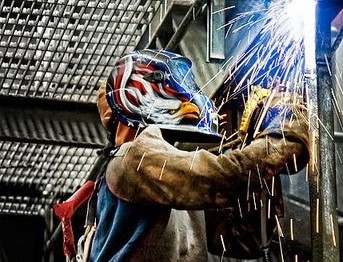
Welding Jobs Will Be in High Demand in 2022
As the economy begins to recover in 2022, there will be many openings available in manufacturing, maintenance and repairs, and construction. Aging infrastructure will push the development of new buildings, bridges, and roads—all requiring the expertise of welders,...
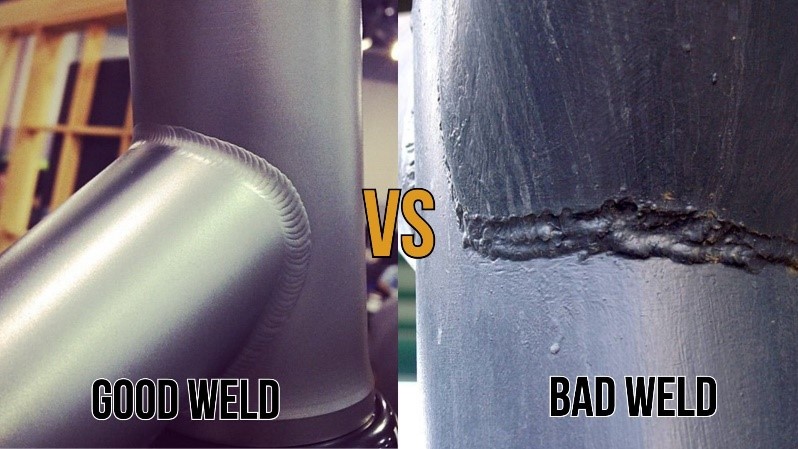
Common Welding Mistakes and How to Avoid Them
Properly maintaining and operating equipment produces a quality product, but also prevents costly mistakes and headaches down the road. Having to repair and rework poor welds will eat away at your bottom line. In this article, we’ll go over some common welding...
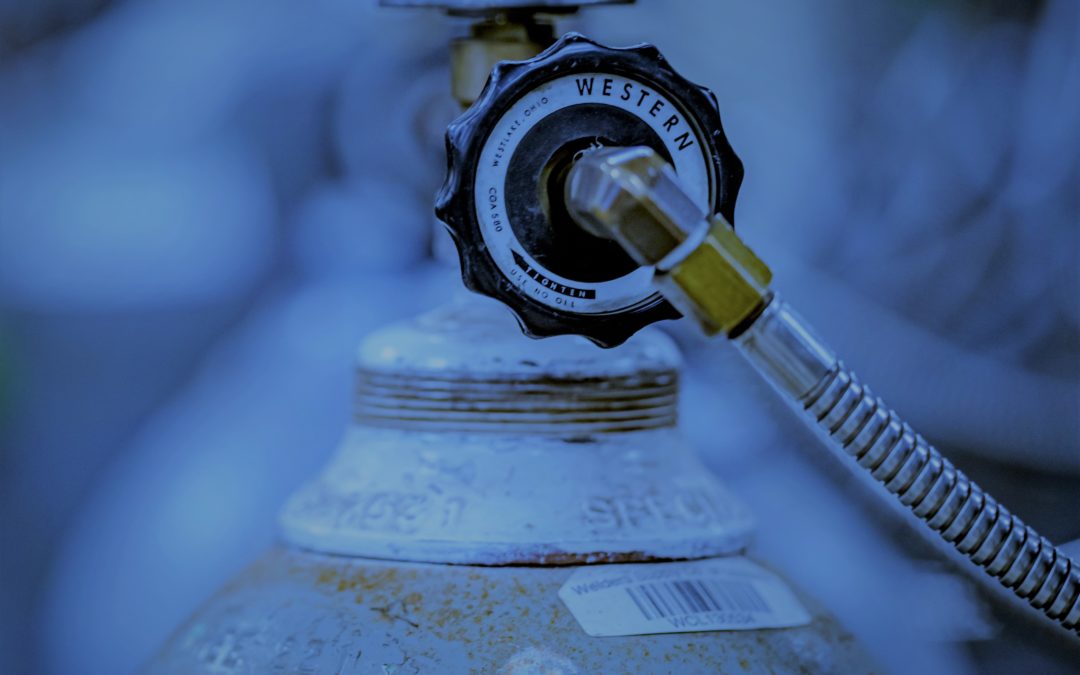
Specialty Gases
If you’re in search of a unique gas for a particular purpose, a carefully developed gas mixture can deliver the results you need. Applications that use specialty gases are almost endless. Specialty gases are frequently used in a number of different...

Dry Ice: Uses and Applications
You may be surprised to learn that dry ice has a long list of useful applications for everyday use and across many industries. Industrial, medical, agricultural, food processing, and many others use this diverse product. Whether you simply need to keep food cold on a...

Why Automation?
Have you considered how automation could help you achieve your goals? If you’re experiencing labor shortages, missed schedules and deadlines, inconsistent quality and decreased productivity— automation could be your solution. With an automated solution, you can...

6 Interesting Welding Facts
Welding first appeared in the Bronze Age The process of joining metals dates back thousands of years to 15th century Europe. Although not what we think of as welding today, it started the revolution. Forge Welding is the oldest form of welding and has been in use...
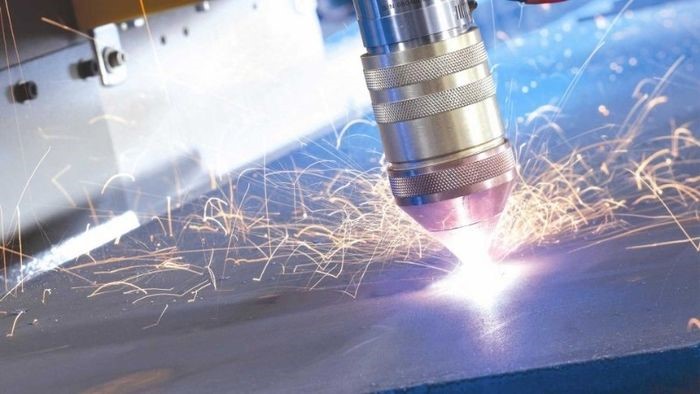
What is Plasma Cutting?
A plasma torch is a powerful tool for cutting through electrically conductive materials such as steel, stainless steel, aluminum, etc. An accelerated jet of hot plasma slices through the work material with ease. Depending on the system, you can cut up to a 6-inch...

Are These Industry Concerns Affecting Your Business?
The past year brought many challenges for the welding and fabrication industry: Rising costs, supply chain issues, long lead times, and hiring/re-hiring as people return to work. Are these issues affecting you and your business? Rising Costs A number of factors...
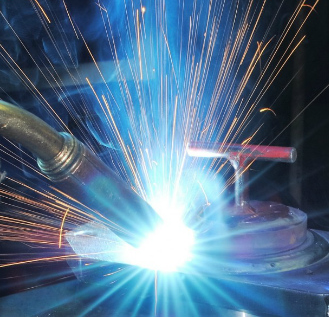
MIG Welding: Tips for Getting Started
Before you lay your first weld, it’s important to become familiar with the machine’s settings. Proper voltage, wire speed, wire size, and gas are among the first components to get right. Once you find the right balance, you’ll be on your way to producing quality...
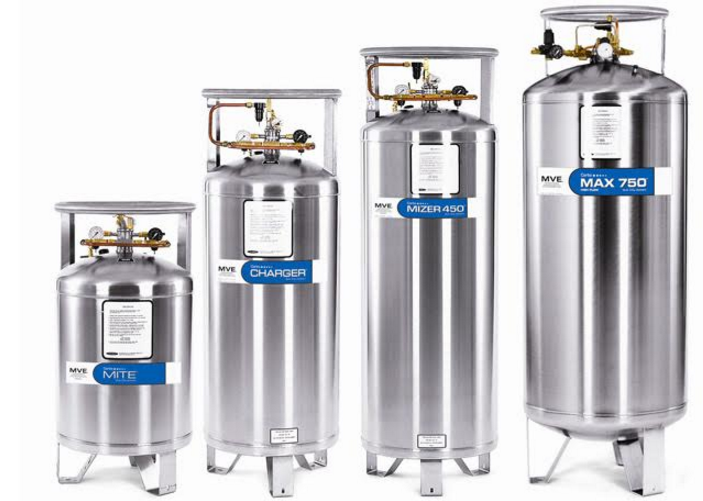
Food and Beverage Gas Systems
Food grade CO2 is essential for microbreweries, bars, and restaurants to provide quality beverages, perfectly poured every time. Your favorite sodas and beers require a precise blend of the right gases for a superior product. CO2 and Nitrogen are gases commonly found...
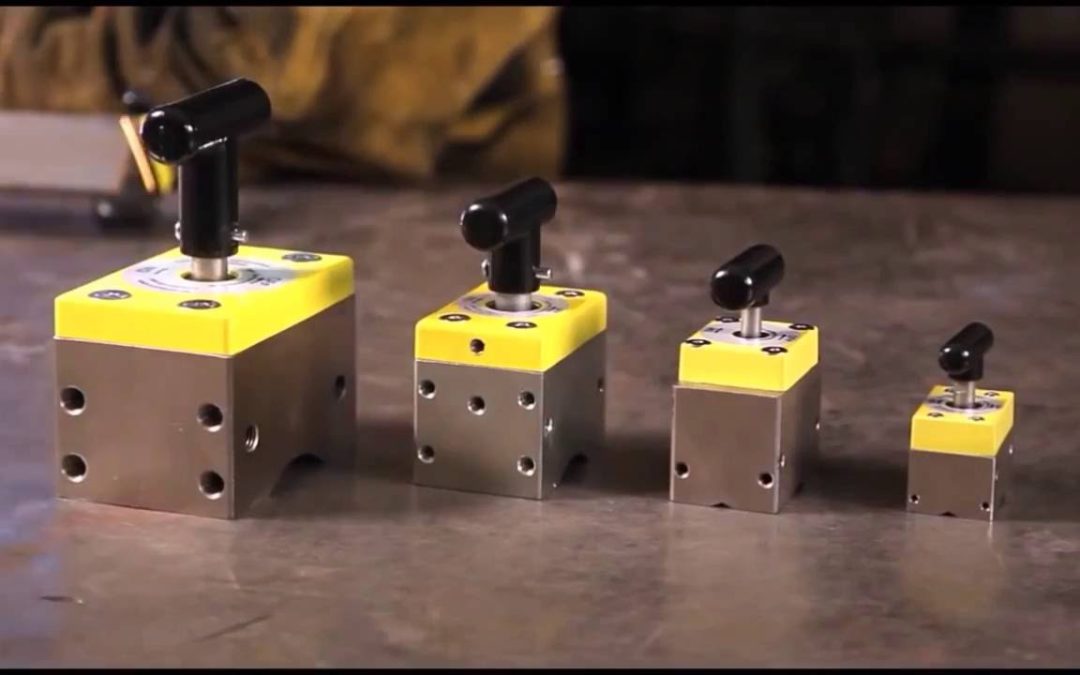
Need an Extra Hand
Have you ever thought about Magswitch? What is Magswitch? A magnet with an on / off switch! A full line of magnetic tools that are changing the way you work. Magswitch welding & fabrication magnets are engineered to drive productivity for professional welders and...
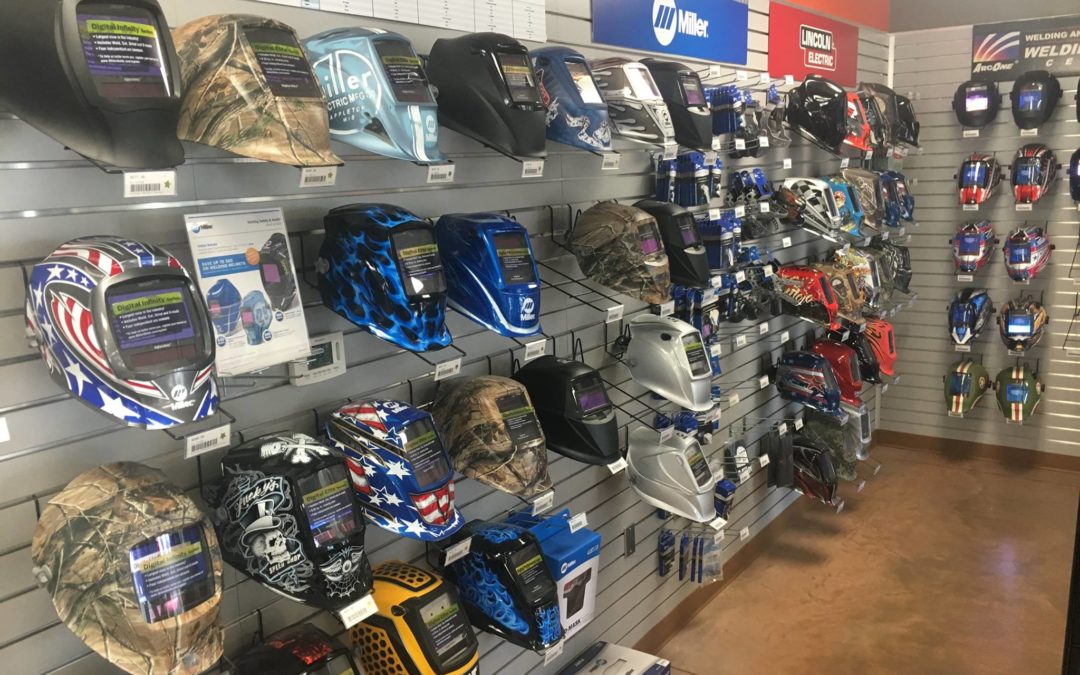
Finding the Perfect Welding Hood
Deciding between a passive helmet vs. an auto darkening helmet? Passive welding hoods use a dark tinted lens of shades 9-14 based on level of protection needed, 10 being the most common. They usually are less expensive but require a learned skill to flip down at just...
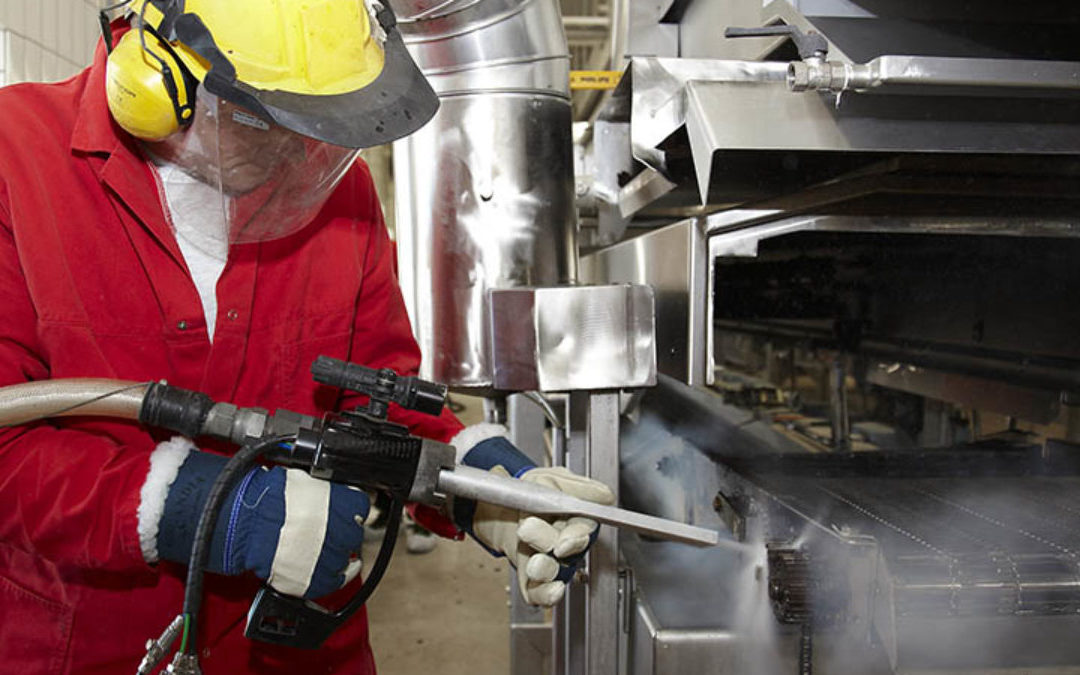
Why Dry Ice Blasting May Be Right For You?
FACILITY MAINTENANCE: Using dry ice has many benefits when it comes to cleaning facilities and/or equipment. Dirt, soot, grease and oil buildup in production facilities can cause machinery to function improperly creating issues downstream not to mention an unsafe...
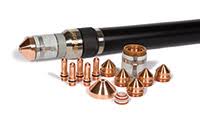
THEY ARE NOT ALL CREATED EQUAL: Why You Should Buy Your CNC Plasma Consumables from an Authorized Dealer.
Resist the temptation of “The Deal.” Not all CNC Plasma consumables are created equal. If your last shipment of CNC plasma consumables came from a source such as Amazon or eBay, keep reading, but most importantly, take your finger off the Buy Now button! For many...

Paperless Office
Every business owner and office manager is looking for ways to improve efficiency and cut unnecessary costs. An option often mentioned, but which can be hard to implement, is the ‘paperless office.’ Welders Supply offers paperless billing as a step to help get you...
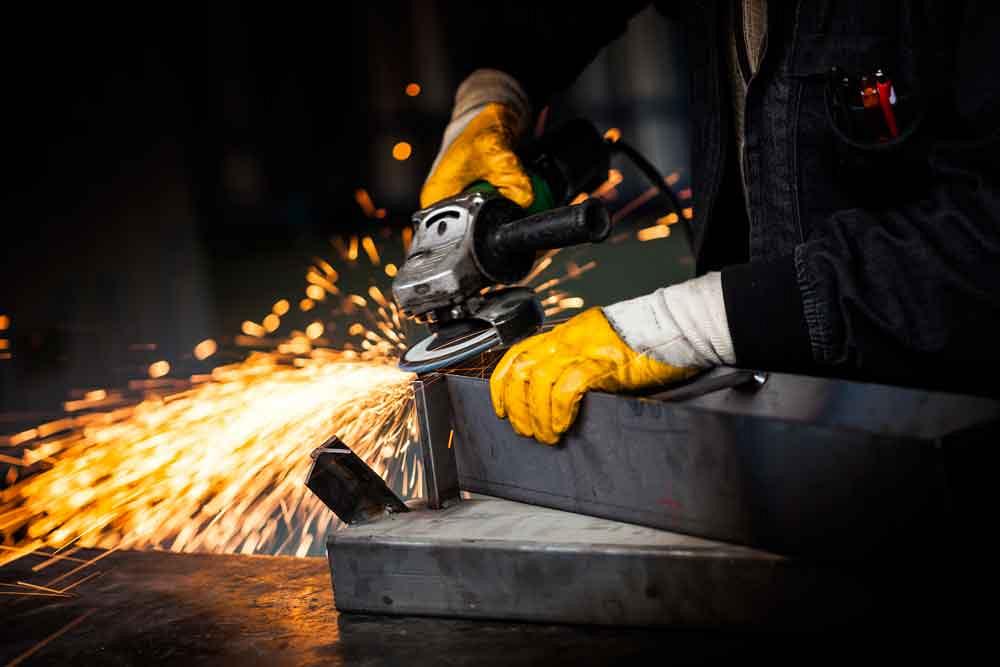
Safety Issues in the Abrasive World
The following are necessary for personal protection equipment (PPE) in working with abrasives. Most commonly found in the industrial environment are loud noises, sparks and fumes. 1. Goggles with side shields 2. Ear protection 3. Face Mask or respirator...
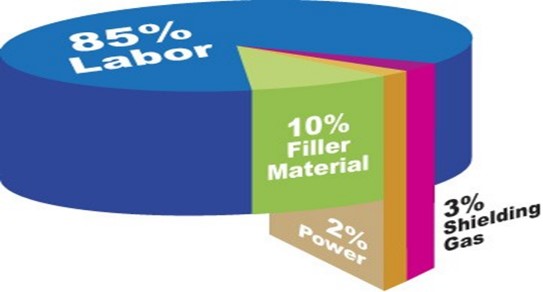
Understanding the Total Cost of Welding
Do you know what it costs to complete a weldment? Have you ever analyzed what factors influence welding costs? Would you like to be more accurate in quoting jobs? It’s time to look at and understand what goes in to the total cost of welding. Welders supply is here to...
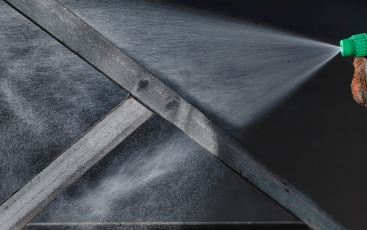
Understanding Anti-Spatter
Today’s topic is Anti-Spatter Spray. Most spatter issues can be resolved by having a correct set up of your MIG welder. There are two procedures that anti-spatter is commonly used for. 1. Coating on work piece or on fixture 2. Coating nozzles Most times when you hear...
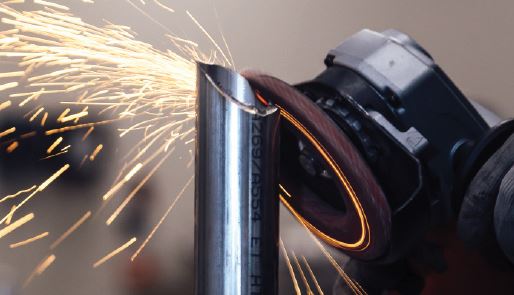
Flap Discs
Today we look at the differences between Type 27 and Type 29 Flap Discs and Type 1 and Type 27 Cut Off Wheels What is the difference between a Type 27 and a Type 29 Flap Disc? A Type 27 flap disc is referred to as a flat disc. It is best used at a 0-15 degree angle....
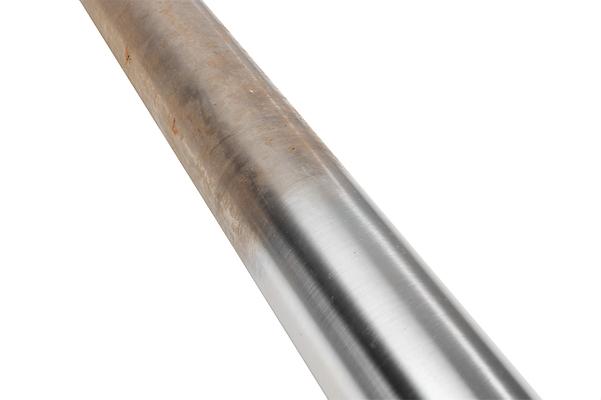
What is the cause of rusting on Stainless Steel?
Stainless steel is naturally able to resist rusting because of a passivated chromium oxide layer that forms on the surface. The formation of this layer is called passivation. When anything is done to the stainless such as sanding, wire brushing or welding the...


